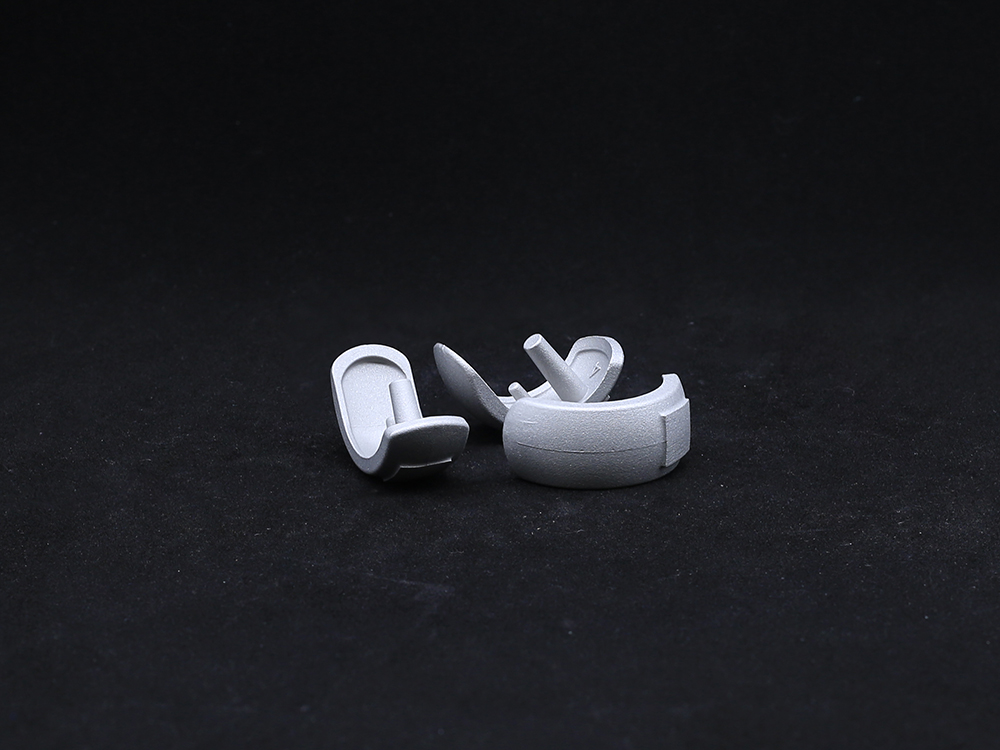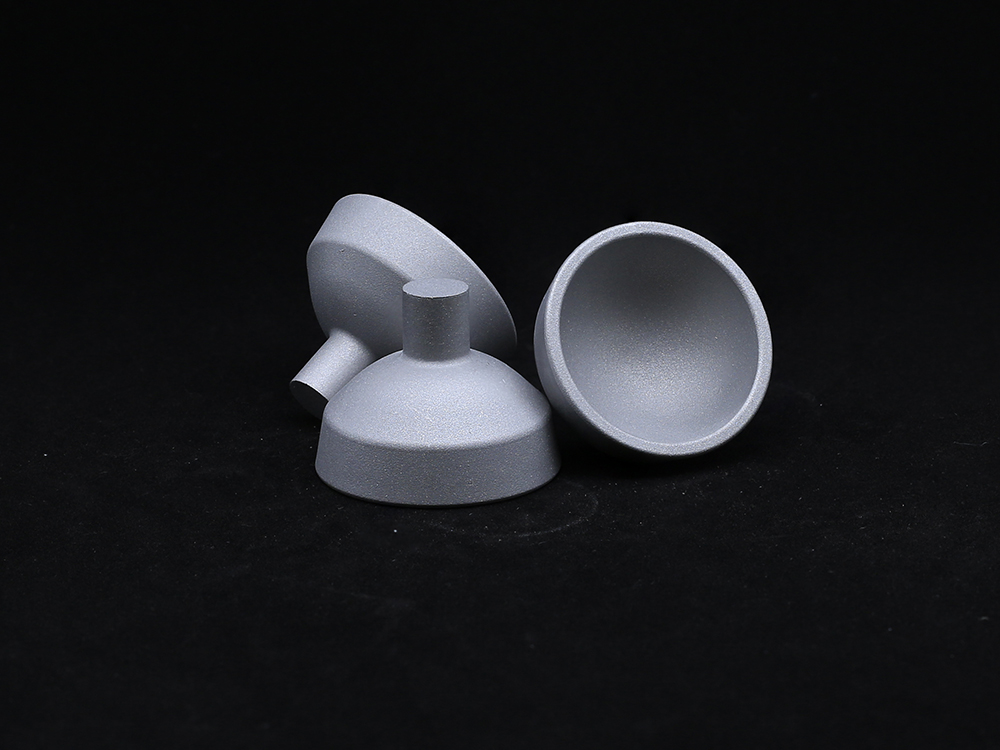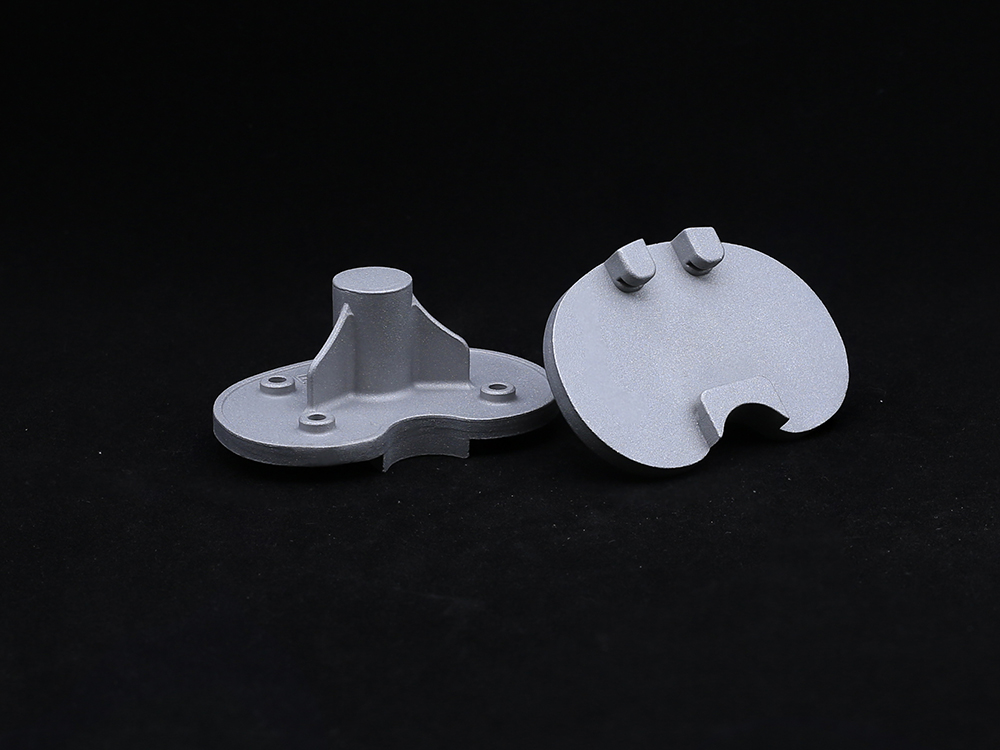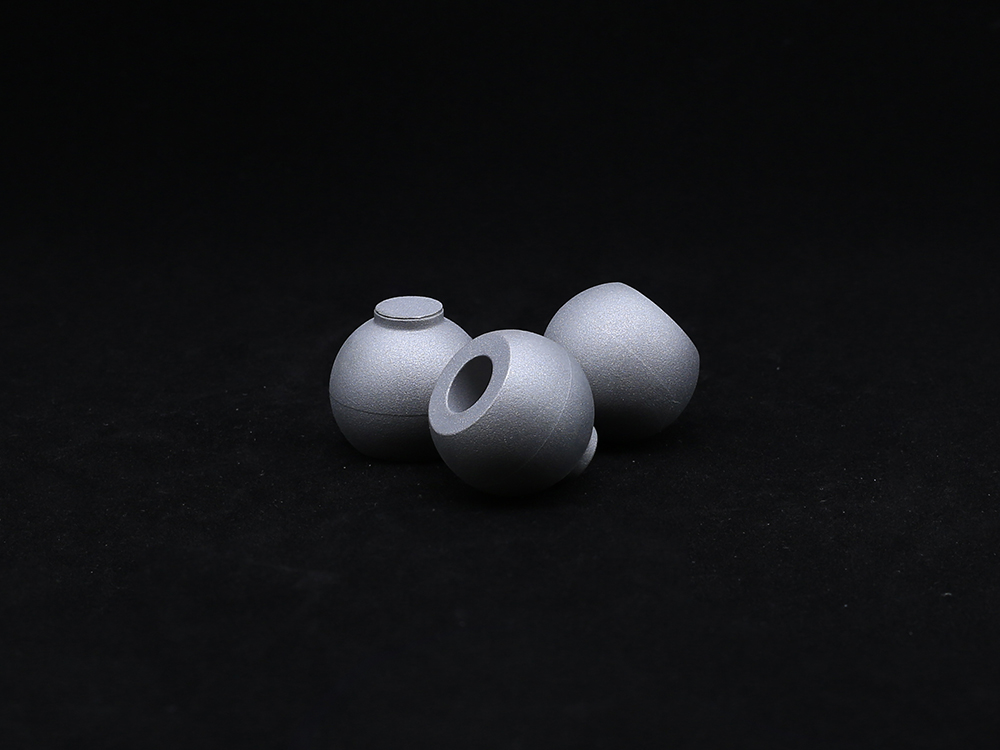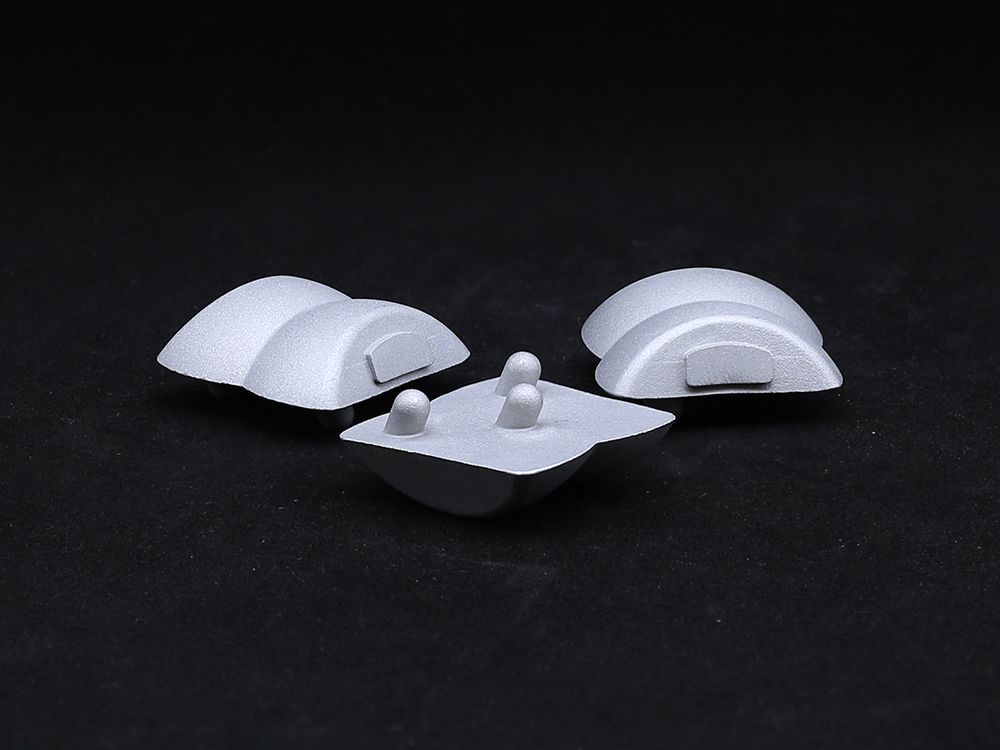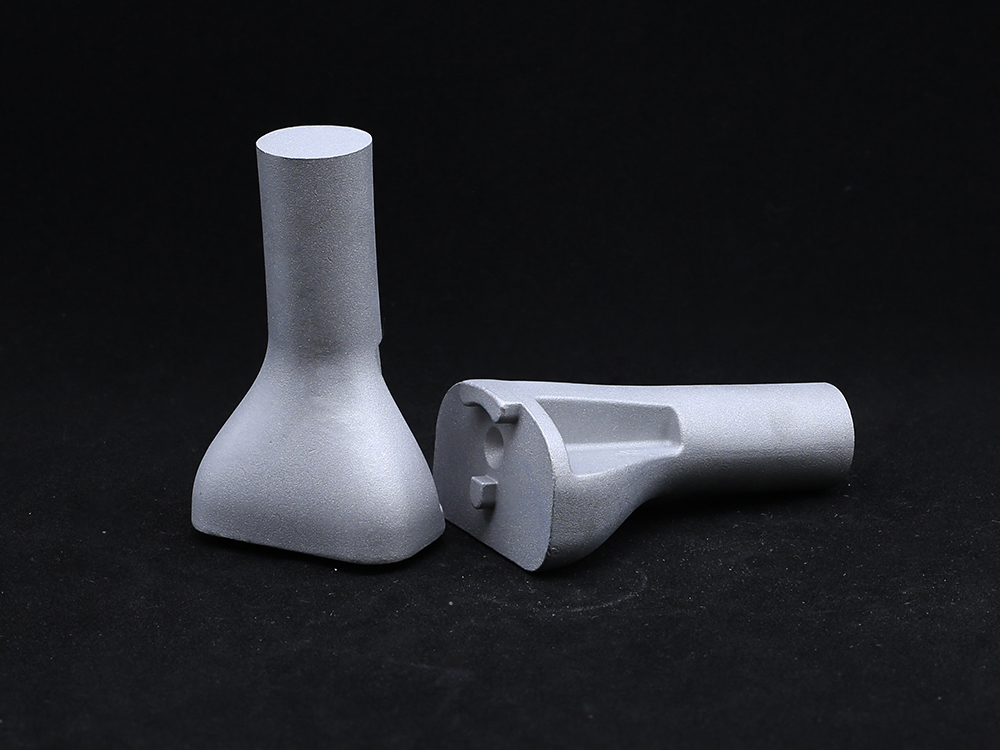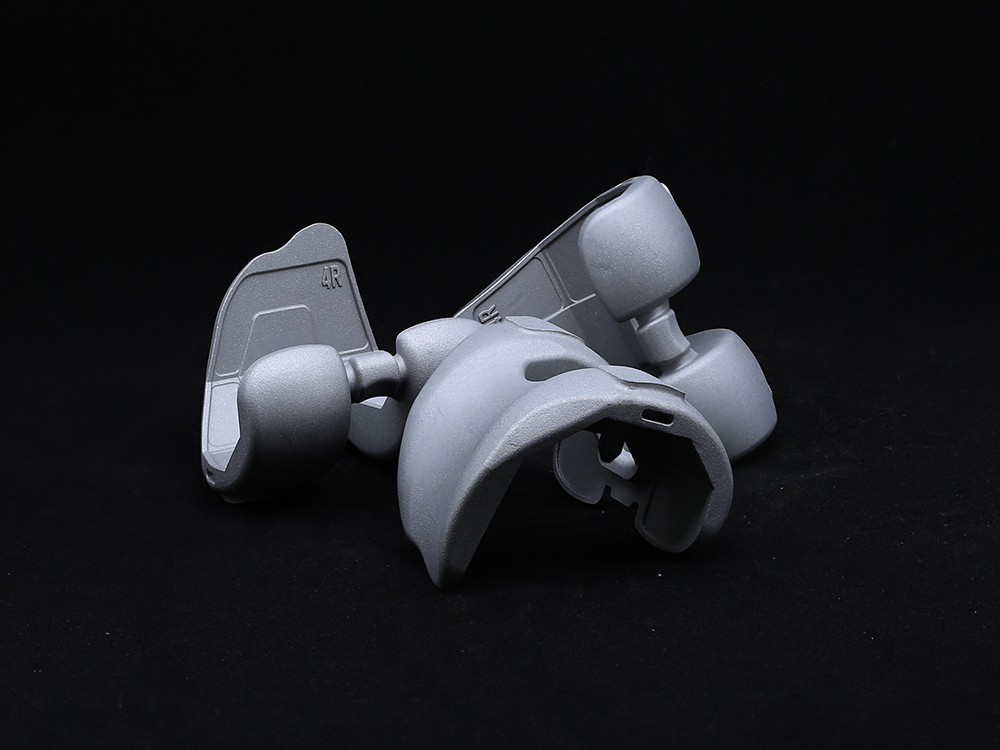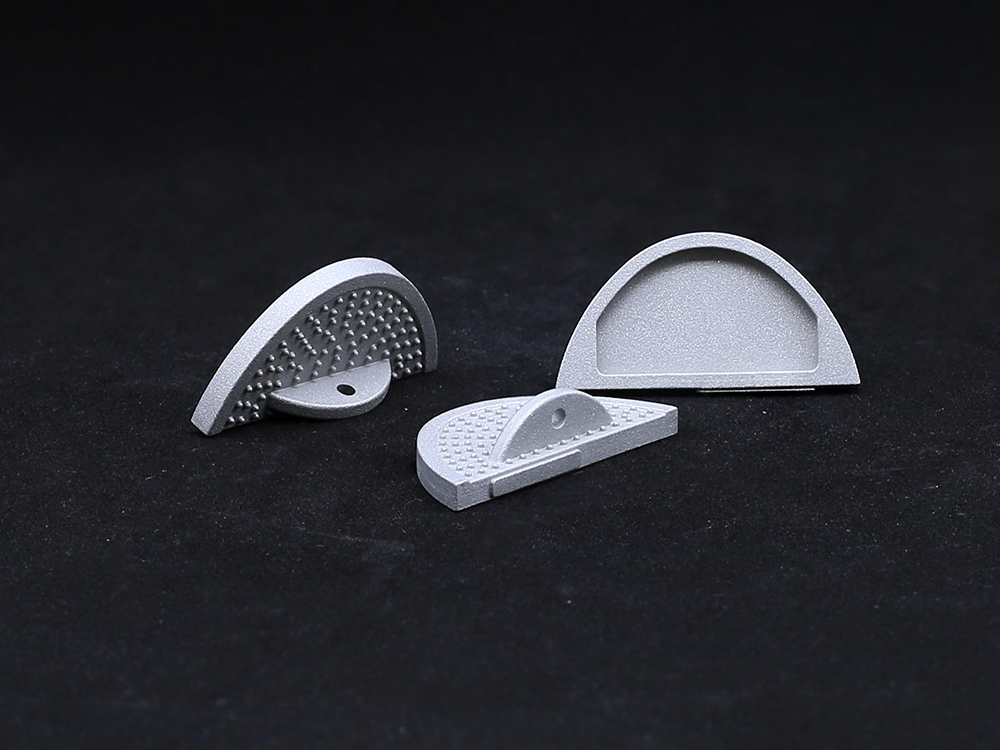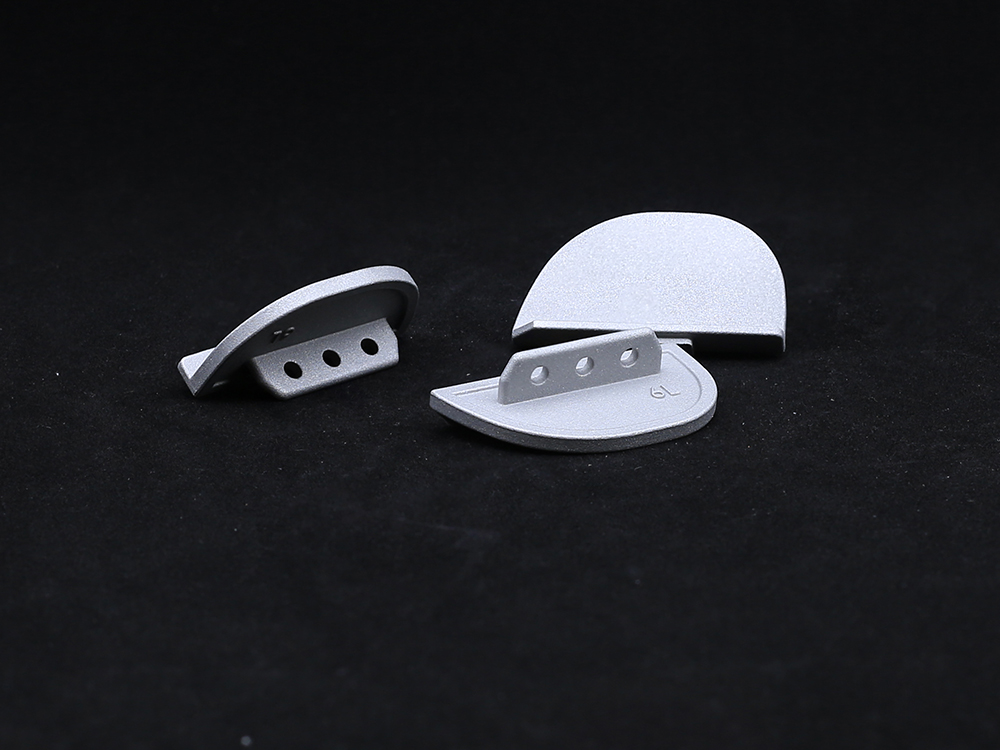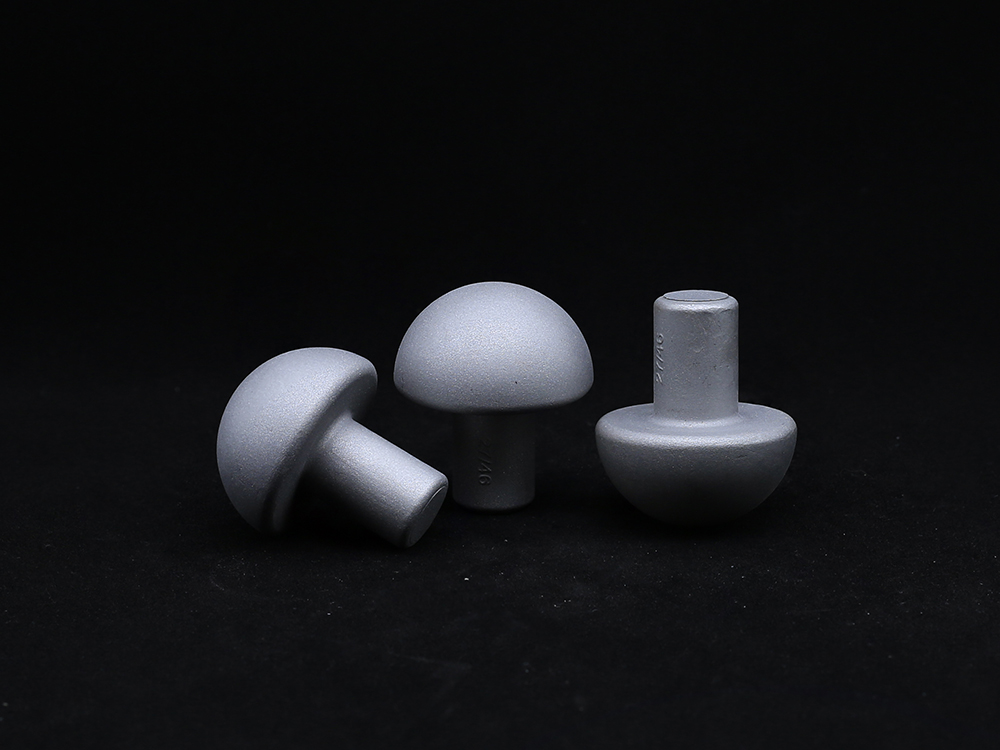Humeral Head--The Key to Shoulder Functionality
The humeral head is a vital part of your shoulder joint that plays a critical role in your arm's range of motion and stability. This ball-shaped structure at the top of the humerus (upper arm bone) fits into the shallow socket of the scapula, known as the glenoid, to form the shoulder joint. Its smooth surface allows for effortless movement, enabling the arm to rotate and lift in a full range of directions. But when something goes wrong with the humeral head, it can significantly affect your daily life and mobility.
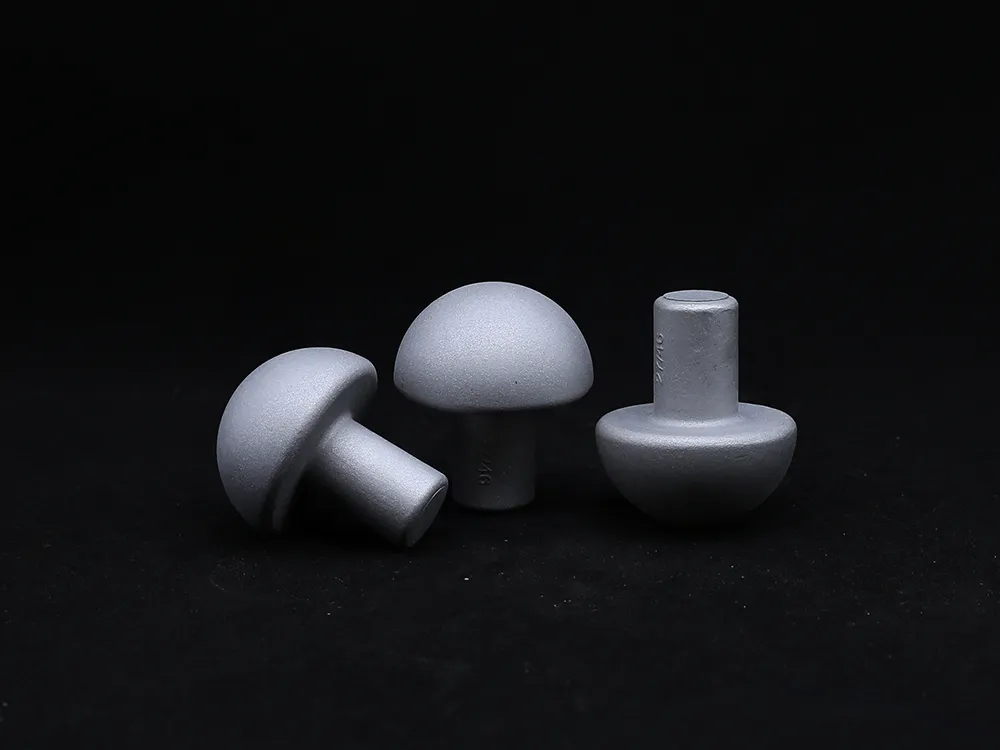
Whether you are dealing with degenerative cystic changes in the humeral head or exploring treatment options for a high riding humeral head, understanding this critical structure will help you make informed decisions about your health and treatment options. Let’s dive into the functions of the humeral head and how you can preserve its health.
The Function of the Humeral Head: Supporting Movement and Mobility
The humeral head function is directly related to the movement of the shoulder joint. As the "ball" of the ball-and-socket joint, the humeral head provides stability and allows the arm to move in multiple directions, including lifting, rotating, and reaching. It also helps in bearing weight and distributing forces when carrying or lifting objects.
Without a healthy humeral head, the shoulder's ability to function can be impaired, leading to pain and restricted movement. This is why it is crucial to maintain the health of the humeral head through proper care, treatment, and, if necessary, medical intervention.
High Riding Humeral Head: What It Is and How to Treat It
A high riding humeral head refers to an abnormal position of the humeral head, where it sits higher than normal in the shoulder socket. This condition often results from rotator cuff injuries, shoulder impingement, or degenerative changes in the joint. As the humeral head shifts upward, it may cause discomfort, limit shoulder movement, and even affect the overall function of the arm.
When it comes to high riding humeral head treatment, options vary depending on the severity of the condition. Non-surgical treatments such as physical therapy, rest, and anti-inflammatory medications may help alleviate symptoms. However, in more severe cases, surgical intervention, such as a rotator cuff repair or shoulder replacement, may be necessary. A comprehensive assessment from an orthopedic professional will guide you to the right treatment for your specific situation.
Degenerative Cystic Changes in the Humeral Head: Causes and Treatment Options
Degenerative cystic changes in the humeral head are commonly associated with osteoarthritis, a condition where the cartilage in the shoulder joint wears down over time. As the cartilage deteriorates, cysts can form in the humeral head, leading to pain, stiffness, and reduced mobility. These cysts can cause friction and further damage to the joint, making movement even more difficult.
The treatment for degenerative cystic changes in the humeral head typically involves managing the symptoms of arthritis. This can include anti-inflammatory medications, corticosteroid injections, and physical therapy to maintain joint flexibility. In more severe cases, joint replacement surgery may be necessary to remove the damaged humeral head and restore full functionality. Consulting with an orthopedic surgeon is essential to determine the best course of action for managing degenerative cystic changes in the humeral head.
The Importance of Timely Treatment for the Humeral Head
When it comes to shoulder health, addressing issues with the humeral head early on can make a world of difference. Delaying treatment for conditions like a high riding humeral head or degenerative cystic changes in the humeral head can lead to long-term damage and chronic pain. Early intervention can help maintain mobility, reduce pain, and improve your overall quality of life.
Whether you are experiencing pain or simply want to keep your shoulder joint in optimal condition, seeking professional medical advice and timely treatment is key to preserving the function of the humeral head and the shoulder joint as a whole.
Humeral Head FAQs
-
What is the function of the humeral head in the shoulder joint?
The humeral head functions as the ball of the ball-and-socket shoulder joint. It allows for a wide range of movements, including lifting, rotating, and reaching. It provides stability to the shoulder while enabling fluid motion. Without a healthy humeral head, the shoulder joint cannot function properly, which can limit arm movement and cause pain.
-
What causes a high riding humeral head?
A high riding humeral head is often caused by rotator cuff injuries, shoulder impingement, or other degenerative changes in the shoulder joint. When the rotator cuff becomes weak or torn, the humeral head can move upward into an abnormal position, causing pain, restricted movement, and discomfort. It may also result from long-term wear and tear due to aging or repetitive use.
-
How can I treat degenerative cystic changes in the humeral head?
Treatment for degenerative cystic changes in the humeral head typically involves a combination of non-surgical and surgical options. Non-surgical treatments include physical therapy, pain management through anti-inflammatory medications or corticosteroid injections, and lifestyle modifications. In severe cases where the joint is significantly damaged, joint replacement surgery may be recommended to replace the humeral head with an artificial implant.
-
Can physical therapy help with a high riding humeral head?
Yes, physical therapy can be beneficial for treating a high riding humeral head. Exercises that focus on strengthening the rotator cuff and improving shoulder stability can help realign the humeral head and reduce symptoms. A physical therapist can guide you through specific exercises to improve mobility, reduce pain, and prevent further damage to the shoulder joint.
-
Is surgery always necessary for a high riding humeral head?
Not always. While surgery may be required for more severe cases of a high riding humeral head, many individuals can manage the condition with non-surgical treatments. Physical therapy, anti-inflammatory medications, and lifestyle modifications can often alleviate symptoms and improve shoulder function. However, if the condition significantly impairs mobility or causes chronic pain, surgical options like rotator cuff repair or shoulder replacement may be necessary. A thorough evaluation by an orthopedic specialist will help determine the appropriate treatment.
Get a Custom Solution!
Contact Us To Provide You With More Professional Services


